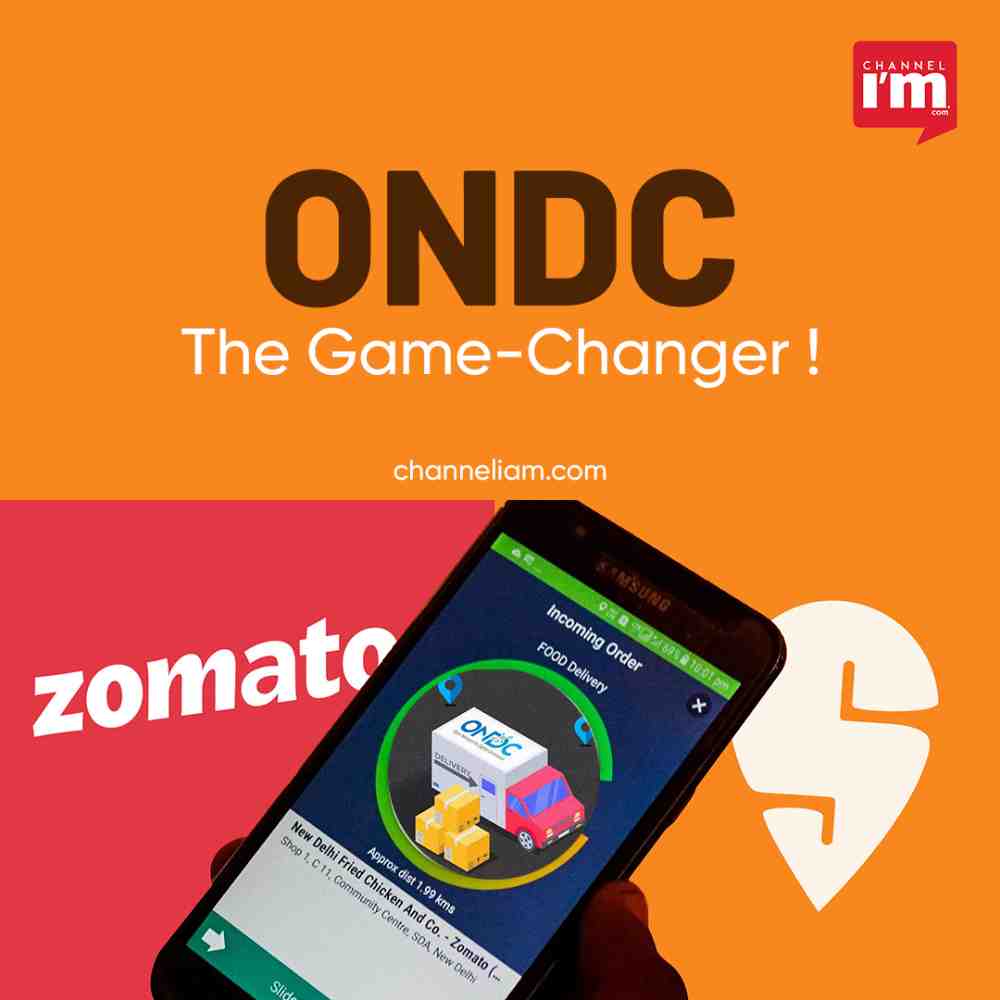Battle for Food-Delivery Supremacy: ONDC Emerges as a Formidable Challenger to Swiggy and Zomato.

In the fiercely competitive food-delivery industry, numerous deep-pocketed companies have attempted to disrupt the dominance of Swiggy and Zomato, but none have succeeded. However, a formidable challenger has now entered the scene in the form of the Open Network for Digital Commerce (ONDC), a Government initiative focused on unbundling e-commerce and fostering interoperability. Over the past month, ONDC has gained significant attention on social media, with consumers comparing food prices on Swiggy, Zomato, and ONDC-partnered platforms. Notably, the price differential has been substantial, with some claiming bill amounts up to 60% lower on ONDC due to discounts and free delivery. Despite the recent introduction of delivery fees on ONDC, prices remain lower compared to traditional food-tech platforms.
The Impact on Swiggy and Zomato:
Swiggy and Zomato may face a formidable challenge in maintaining their market dominance. Many restaurateurs and industry insiders believe that the agreements these platforms have with restaurants include a powerful clause known as “price parity.” This clause prevents restaurants from offering lower rates on their own websites, offline, or through other channels. The Competition Commission of India (CCI) has already initiated an investigation into Zomato and Swiggy’s alleged antitrust practices, particularly focusing on price parity restrictions. As ONDC gains traction and customers share their food bills on social media, the question arises: Will Swiggy and Zomato continue to enforce price parity?
The Response from Swiggy and Zomato:
According to sources close to Zomato, the company has already reached out to restaurant operators regarding their pricing on ONDC. Account Managers from both Swiggy and Zomato have inquired about the lower listing prices observed on ONDC apps. Some seller-side app executives, which have onboarded restaurants on ONDC, have indicated that several restaurants adjusted their listing prices to match those on Swiggy and Zomato. While formal communication requesting price revisions on ONDC is unlikely, it is anticipated that Swiggy and Zomato will address the issue. Nevertheless, some restaurants, such as Wow Momo, continue to list food items at lower prices on ONDC.
The Potential of ONDC and its Cost Structure:
According to T. Koshy, CEO of ONDC, unbundling the food delivery chain reduces overall costs for participants, benefitting both businesses and end consumers. ONDC aims to eliminate the rent-seeking capability of incumbents, foster competition, and improve transparency and cost equity. While some question the sustainability of the lower costs on ONDC, Jefferies, an analyst firm, acknowledges the efficiency of both Swiggy and Zomato. However, ONDC’s funding of delivery costs allows seller and buyer apps to charge lower commissions compared to Swiggy and Zomato.
Factors Influencing Costs and Sustainability:
Commissions: ONDC offers an attractive alternative to restaurants by charging lower commissions compared to Swiggy and Zomato, which can reach up to 24%-25%. ONDC merchants pay less than 10% as a commission split between buyer-side apps like Paytm and Pincode and seller apps. Recent reports suggest that Paytm is waiving its commission on ONDC, while Pincode charges around 5%, and other seller apps levy commissions ranging from 2% to 3%.
Merchant Acquisition: ONDC presents an opportunity for seller apps to compete for popular brands and sellers. As ONDC funds most of the delivery costs, seller and buyer apps can charge lower commissions. However, ONDC has capped certain incentives, and sustaining
